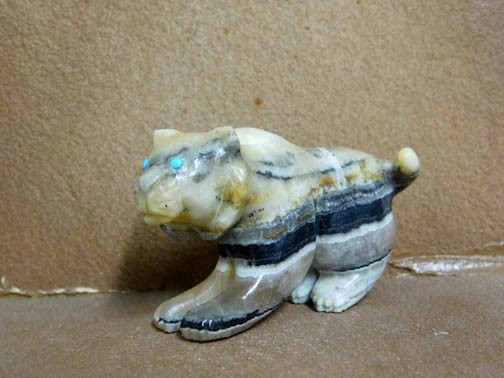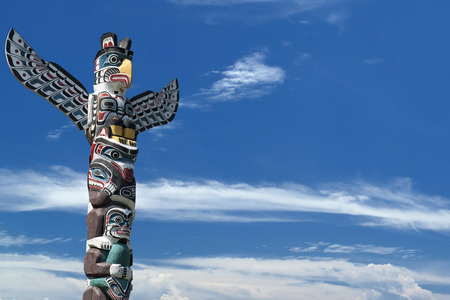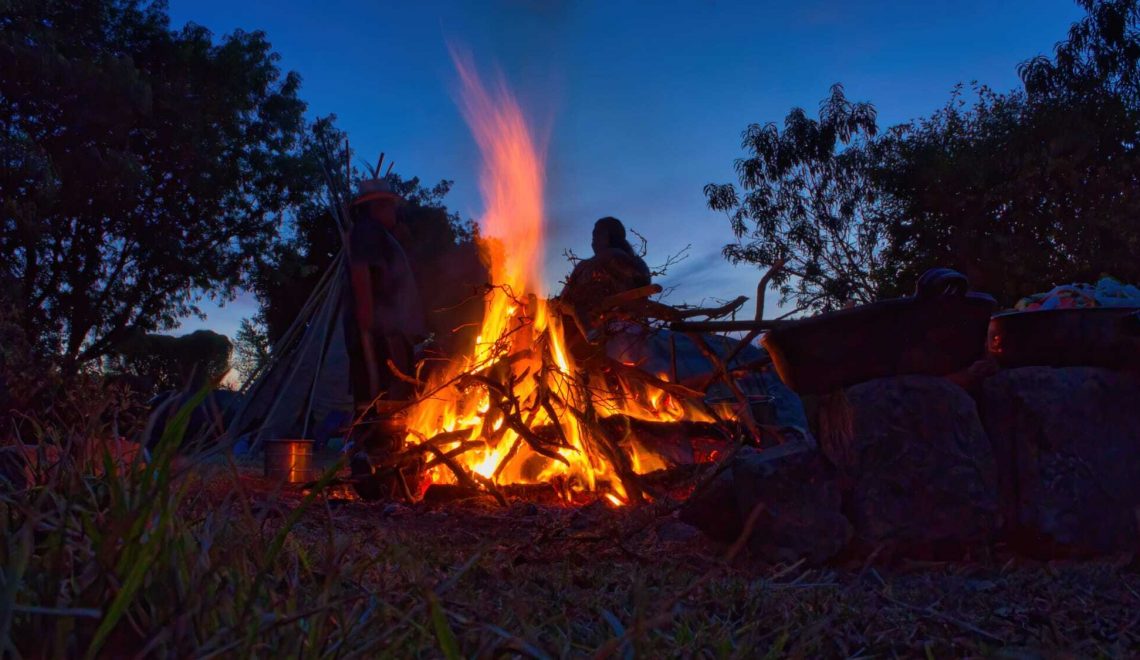Few representations of a rich culture are displayed in quite the same artistic way as the Hemis Katsina. Vibrant colors and a unique headdress give this doll a virtual life of its own. This Native American Hopi is home to the summer months, noted as appearing typically in July at the Home-Going ceremony (Niman). The harvest is granted badly needing rain by this Katsina, who also brings the corn to the people.
While distinctly male, it is not the only reputed figure to be involved with corn according to legend. The feminine Grinding Maidens possess the grinding stones referred to as mano and matate. Their own task is more self-involved, however, as they use these stones within a grinding box to grind through the individual colors of corn as a rite of passage into womanhood. Whereas the Hemis Katsina dances alone, the Grinding Maidens dance collectively, and in a line. Corn Mothers Keres and Tewa were the noted givers of corn to the people [Native American Mythology Ato Z, 2nd edition, by Lynch & Roberts].
Both sets of figures represent important parts of the Native American history, while alluding to gender roles and a certain perspective on balance within the community. Their tasks are separate, but when combined their actions bring prosperity to the larger sum of their parts. It could even be reasoned that while the Hemis Katsina works toward a prosperous future for all, the Grinding Maidens work to better themselves so that everyone can benefit.
Leave a comment




